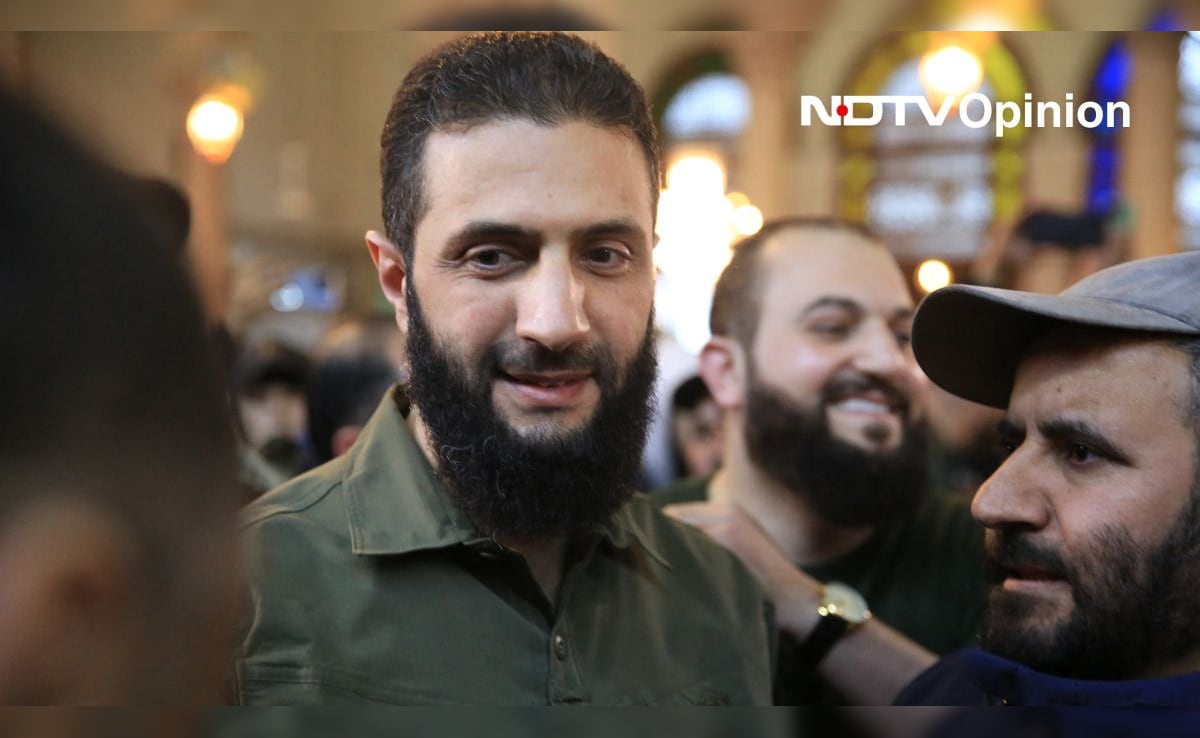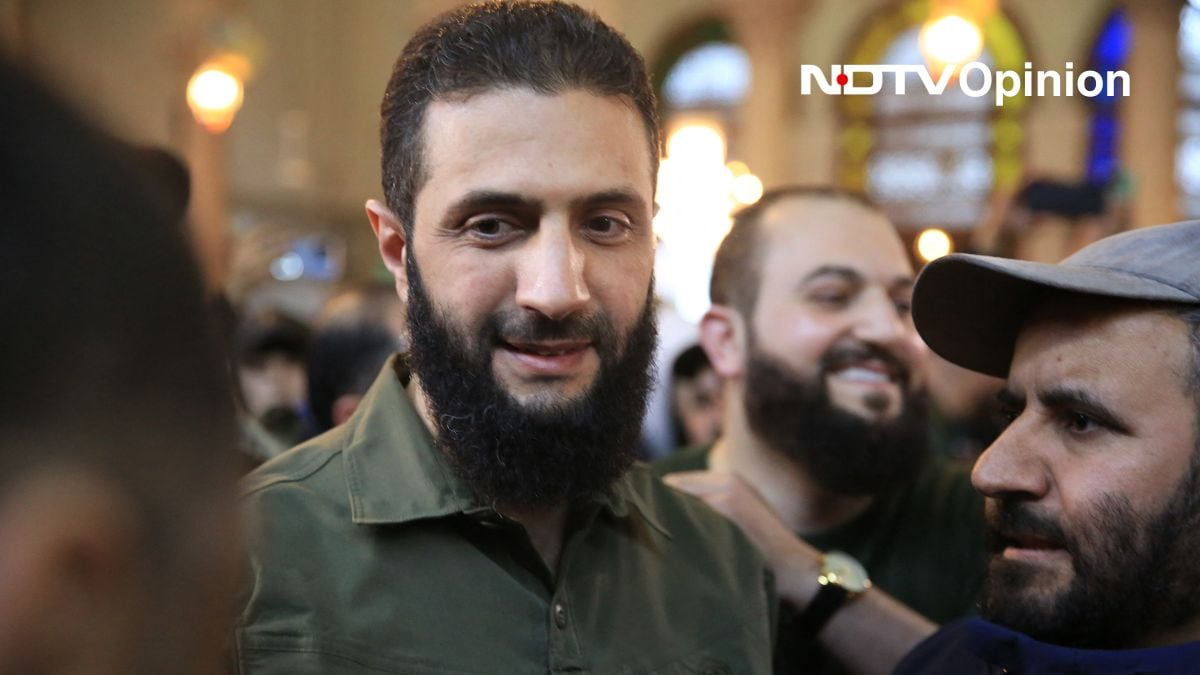

Way back on December 6, 1993, The Independent, a British newspaper, published a feature article written by the late Robert Fisk, a journalist of considerable repute and whom I admired immensely. The piece, titled ‘Anti-Soviet Warrior Puts His Army On The Road To Peace’, was a soft-focus portrait of Osama bin Laden, at the time a seemingly benign figure dabbling in Sudanese infrastructure projects and agricultural ventures. According to the article, bin Laden was just another philanthropic “Saudi businessman”, orchestrating road-building campaigns and offering Sudanese children something to dance about. “Chadored children danced in front of him (bin Laden), and preachers acknowledged his wisdom,” the article cooed.
Little did the veteran journalist know that this “mountain warrior of mujahideen legend”, as he so poetically was described in the piece, was quietly laying the groundwork for a global jihadist empire. Bin Laden, we were assured, was just a humble construction engineer who didn’t have time for training camps because he was too busy building roads. That statement, in hindsight, has haunted many since September 11, 2001.
US Effort To ‘Rehabilitate’ al-Jolani
It feels like déjà vu today. The West’s current blindspot is Hay’at Tahrir al-Sham (HTS) and its leader, Abu Mohammed al-Jolani—or, as he prefers to be known during his ongoing image makeover, Ahmed al-Sharaa. Until the fall of the Assad regime early this month, al-Jolani was referred to in the Western media and governments by his earlier name.
That’s not enough. On Friday, the US government quietly binned its $10 million bounty for al-Jolani. Yes, the same al-Jolani who, not too long ago, topped Washington’s “Most Wanted Terrorists” list. Now, he is apparently rebranded as America’s new favourite bilateral dialogue partner in Syria. The Assistant Secretary of State, Barbara Leaf, gushed that her meeting with al-Jolani (She said al-Sharaa) was “very productive”,praising his “pragmatism”.
The US delegation touched down in Damascus barely two weeks after al-Jolani’s HTS and allies toppled Bashar al-Assad’s regime. And yet, officially, HTS remains listed as a terrorist organisation by the same State Department that’s now discussing “transition principles” with its representatives. Going by how things are, that tag may also be lifted soon.
From $10 million bounties to “productive discussions”—al-Jolani’s journey has been fascinating. But what’s been even more telling is the trajectory of US foreign policy. Lessons from the past, tragically, are being ignored. As was the case with bin Laden in 1993, al-Jolani is now in the throes of a remarkable image overhaul. Once the Al-Qaeda-linked jihadist warlord at the helm of Jabhat al-Nusra, he is being rebranded in glowing profiles as a “rebel politician” and a “pragmatic” administrator of Idlib, which he ruled after capturing it from the Assad government in 2015.
A ‘Misunderstood Revolutionary’?
Western media, some sections of it anyway, seem intent on presenting al-Jolani as a misunderstood revolutionary rather than a man with blood on his hands and a vision of governance lifted straight from medieval textbooks. His abandonment of “traditional jihadist militant attire” in favour of a “Western-style wardrobe” is heralded as a sign of reform. His carefully curated media appearances, designed to appeal to both international audiences and Syrian locals, are being lapped up readily with barely a question posed His Salafi jihadist ideology is being swept under the carpet.
Today, we tacitly applaud al-Jolani’s ‘pragmatic’ governance while ignoring the well-documented human rights abuses, forced conscriptions and draconian Sharia-based judicial system under HTS rule. No one seems to want to ask al-Jolani whether his vision for Syria is a Taliban-style emirate or whether his Sharia courts will keep their doors open for public executions.
Do you remember the “good Taliban vs bad Taliban” narrative put forward by the West? The same principle appears to be applied to HTS. I do not think it’s journalistic naivete. I believe it’s part of a broader Western policy playbook. The West, in its perpetual search for “lesser evils” in messy conflicts in the Middle East, seems to think the rehabilitation of HTS is a masterstroke. After all, with the memory of Bashar al-Assad’s brutal dictatorship still fresh, the argument goes, isn’t al-Jolani’s HTS the lesser of two evils? The US government appears to have accepted this narrative, framing HTS as a necessary counterweight to more extreme groups like ISIS. But this logic hinges on an artfully calibrated campaign to demonise Assad—admittedly no hard task—while subtly legitimising HTS as the only viable alternative.
Vilifying The Asad Regime
The Assad family regime’s 54-year iron-fisted rule has undoubtedly been a catalogue of atrocities. But must the demonisation of one devil necessitate the anointing of another? This is where the US’s ill-considered foreign policy diverges sharply from the Global South’s approach, which might best be described as nuanced cynicism. Unlike Western diplomats and media outlets, who seem intent on polishing the HTS’s reputation, nations in the Global South understand that rehabilitating one group doesn’t erase its sins.
Al-Jolani’s PR offensive, with the West’s backing, is now in full swing. He’s meeting Western journalists, giving interviews and rebranding himself as a strongman with a softer side. The questions he’s asked—say, whether he intends to implement a Taliban-style rule, or his stance on alcohol—barely scratch the surface. They are rarely followed by tough, unrelenting supplementaries. He is, quite literally, getting off the hook.
This isn’t rehabilitation—it’s a whitewash. And the West’s eager complicity in al-Jolani’s makeover echoes the same naiveté that greeted bin Laden’s road-building in Sudan. Because, as history tells us, today’s “rebel politician” in a blazer could be tomorrow’s jihadist mastermind.
HTS And Its Ideology
Syria and Iraq’s Islamist organisations operate on a spectrum of jihadist ideologies, each differing in intensity and focus. The HTS, originally branching out from al-Qaeda in Iraq, adheres to a Salafi-jihadist ideology. Unlike some movements focused on reforming Islam internally through Wahhabi doctrines of theology and law—without advocating global jihad—Salafism encompasses a range of beliefs. While many Salafists emphasise personal piety, its extremist adherents push for militant jihad, creating ideological breeding grounds for groups like ISIS.
The dreaded ISIS ideology, widely condemned by Islamic scholars as un-Islamic, represents an unrestrained offshoot of Salafi-jihadism. It is characterised by hyper-violence, relentless takfir (excommunication) and an obsessive pursuit of a global caliphate. The HTS, despite its extremist roots, has marked ideological and operational differences from ISIS, rejecting the latter’s brutality and apocalyptic vision. Yet, history has shown that individuals often cross ideological lines, with jihadists embracing ISIS’s extremism or defecting back to milder forms of Salafi-jihadism. The ideological waters remain dangerously fluid.
From Guerilla Fighting To Nobel
Of course, supporters of the US efforts of legitimising the HTS can turn around and argue that history is littered with figures who made the improbable leap from pariah to politician, from extremist to statesman. Yasser Arafat, once the embodiment of armed Palestinian resistance, spent decades as a declared terrorist in Western eyes. Yet, by the 1990s, the same man was signing peace accords on the White House lawn, shaking hands with Israeli leaders and earning a Nobel Peace Prize. His transition from a militant leader of the Palestine Liberation Organization (PLO) to becoming the head of the Palestinian Authority demonstrated how the once-unthinkable can become a geopolitical necessity. Arafat’s pragmatism—whether genuine or opportunistic—enabled him to shift from guerrilla warfare to diplomacy.
Similarly, Israel’s early leaders, such as Menachem Begin and Yitzhak Shamir, followed similar patterns. Begin, who led the Irgun, a Zionist paramilitary group responsible for the controversial bombing of the King David Hotel in 1946, eventually became Israel’s prime minister and a Nobel laureate for his peace efforts with Egypt. Shamir, a member of the Stern Gang, which was involved in targeted assassinations, later led Israel as a statesman. Their transitions weren’t merely personal but reflected broader political realities: the West and regional actors, recognising the inevitability of their leadership, were forced to recalibrate their stances.
Al-Jolani Deserves A Chance, But…
al-Jolani, with all the shadows of his murky past, certainly deserves the opportunity to prove he can change—just as Arafat and Begin were granted theirs. The choice, however, lies entirely with him. Will he reinvent himself as they did, transforming from a militant leader into a statesman who earns a place at the very negotiation tables he once sought to dismantle? Or will he follow the path of Osama bin Laden and Abu Bakr al-Baghdadi, under whom he once served—a path that inevitably leads to isolation, destruction, and infamy?
The key distinction between warlords-turned-politicians and al-Jolani, who aspires to make that leap, lies in his steadfast adherence to an extremist religious ideology—one he has yet to publicly renounce. While engaging with Al-Jolani, we cannot ignore the ideological undercurrents driving him and his movement. Vigilance is crucial to ensure that his new administration, now forming with US backing, doesn’t rekindle ties with groups like Al-Qaeda. Should that happen, the repercussions could ripple far beyond Syria, unleashing devastating global consequences.
(Syed Zubair Ahmed is a London-based senior Indian journalist with three decades of experience with the Western media)
Disclaimer: These are the personal opinions of the author



